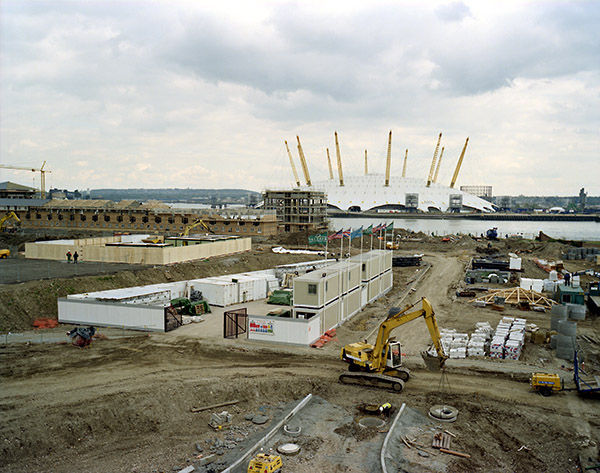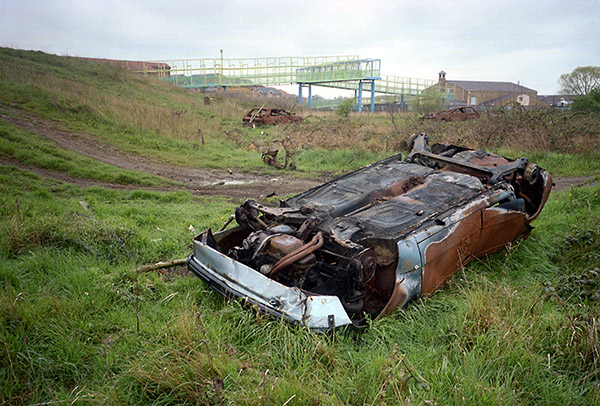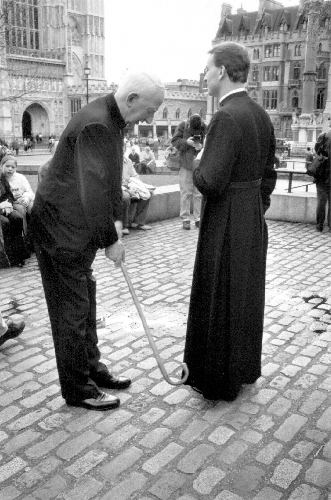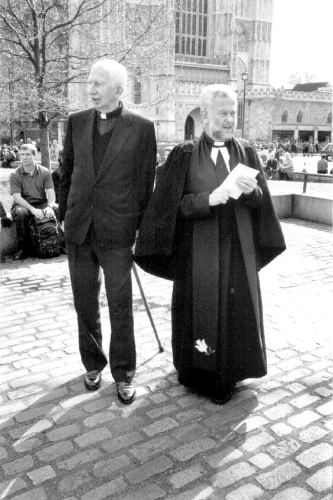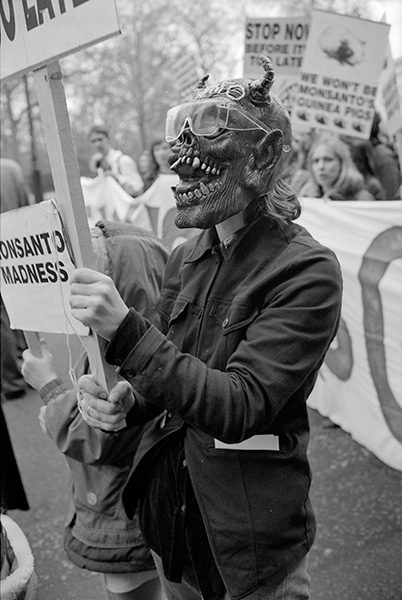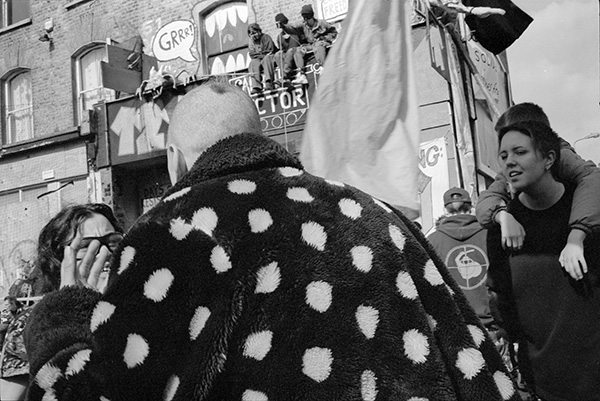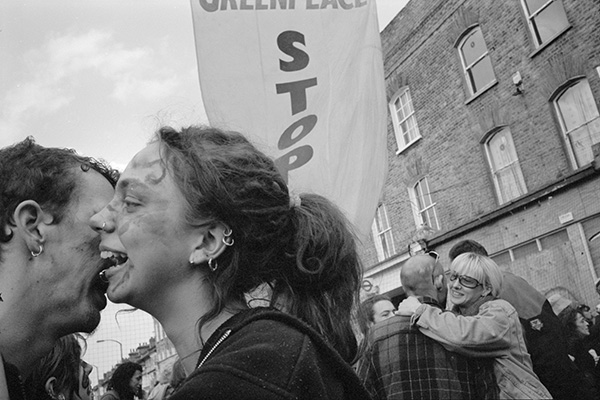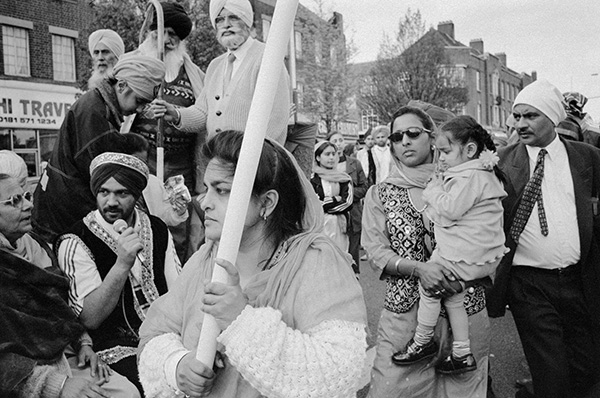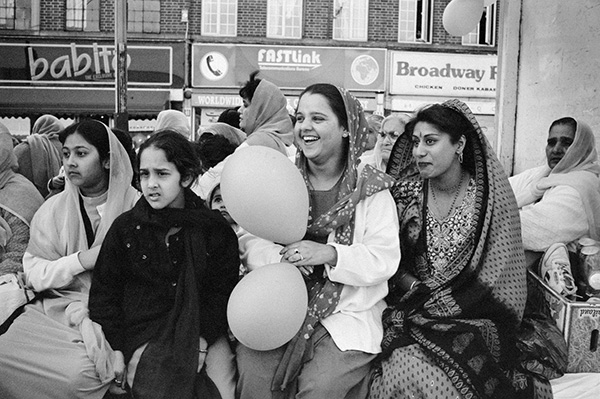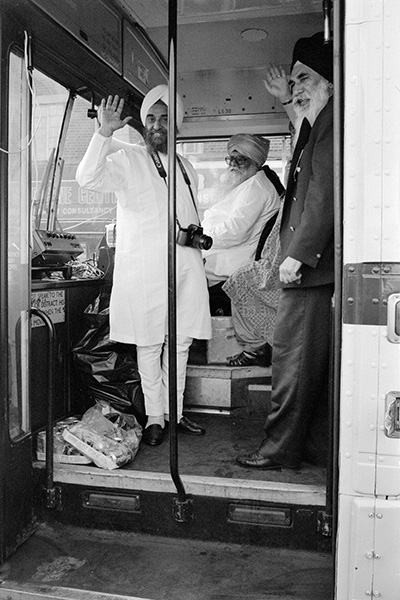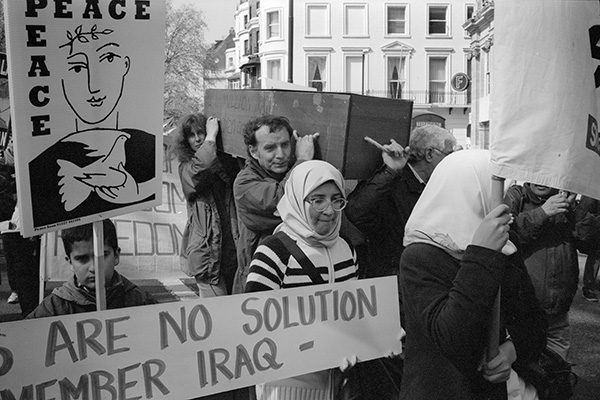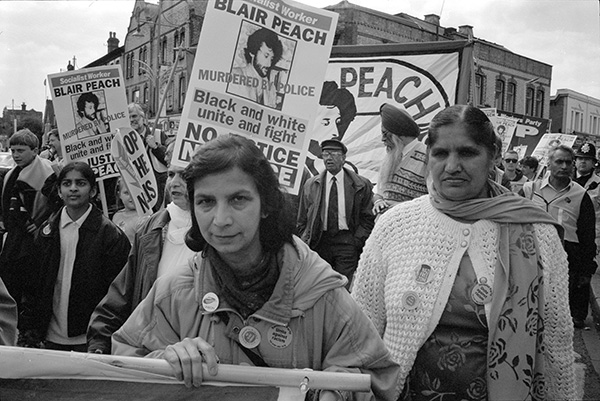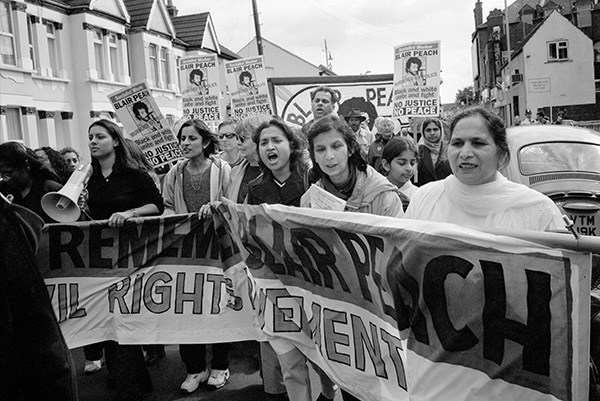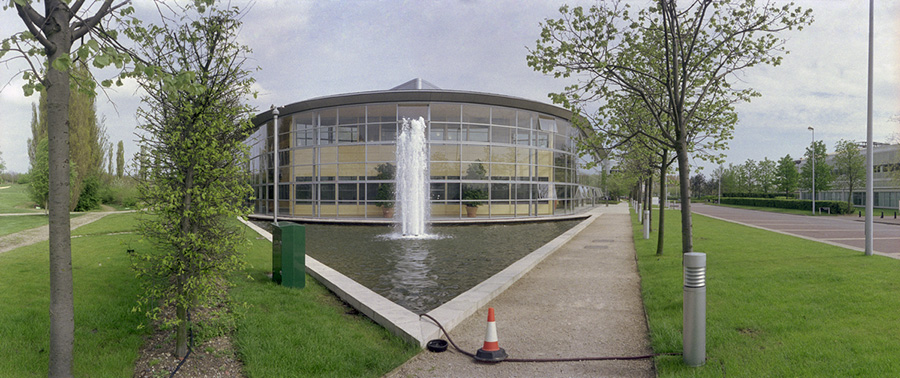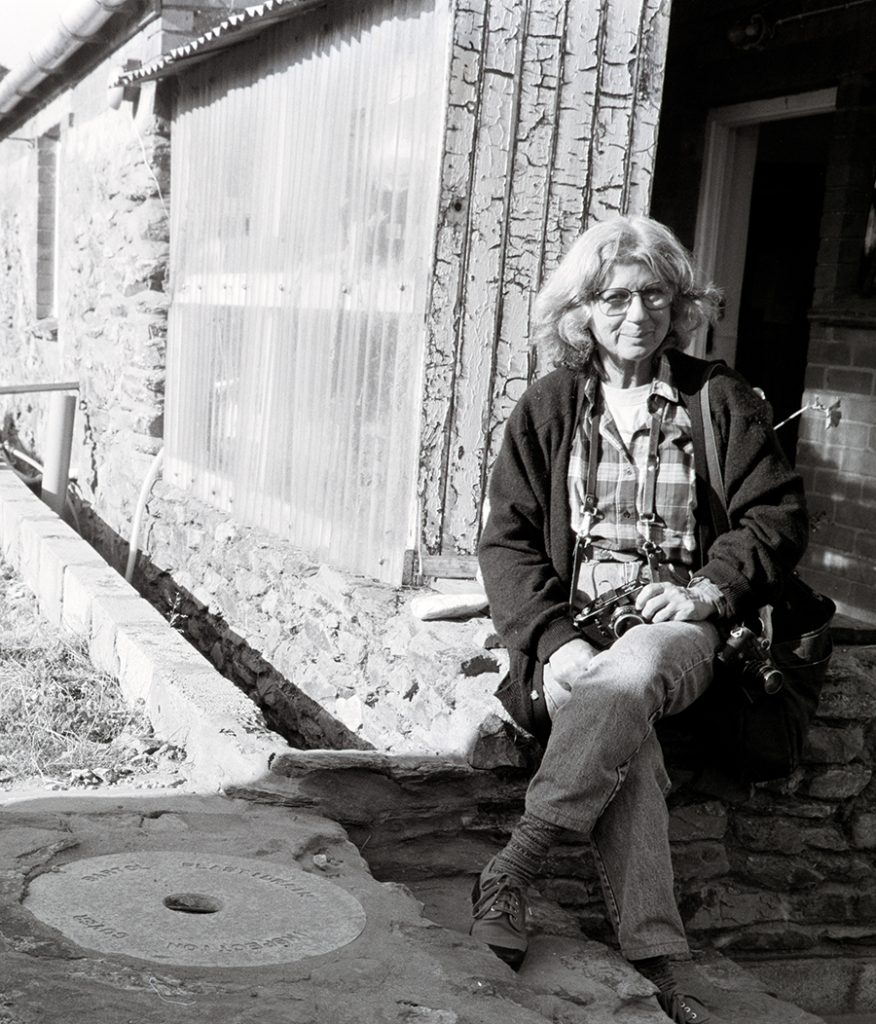Almshouses, Museum, Hospital & Shops – Highgate: More from my walk in Highgate on Sunday 19th November. You can read the previous part at Into Highgate Village.
The Wollaston and Pauncefort Almshouses were set up by wealthy City goldsmith Sir John Wollaston who was Lord Mayor of London in 1643 and a among many other positions was a Governor of Highgate School and briefly Lord of the manor of Hornsey. In his last years he had these almshouses built for “six men and women of honest life and conversation‘ from Hornsey and Highgate, and his will in 1658 made the governors of Highgate school trustees of the almshouse.
His endowment provided those living in the almshouses an income of 50 shillings a year and for money for the repair of the premises. The school governors selected the residents and laid down strict rules for them, including attending services in the school chapel.
However by 1722 the building was beyond repair and school governor and treasurer Edward Pauncefort had them rebuilt, doubling the number of residents to 12 and adding a charity school for girls. His endowment and other bequests also gave the residents a rise to £7 a year.
The Grade II listed almshouses were altered internally over the years and finally the year before I made this picture significantly modernised and provided with indoor bathrooms and toilets by merging pairs of the units, reducing the number of residents to the original six. Only one of each pair of doors is now in use.
My picture includes a phantom cyclist, blurred almost to extinction by the slow shutter speed I used.
The Highgate Tabernacle at 20a Southwood Lane was built as a Baptist chapel in 1836, replacing an earlier Presbyterian chapel and was Grade II listed in 1974. In 1976 the chapel was bought by Highgate School and served as their library for almost 30 years. It now houses the archive and museum of the school, open to researchers and occasionally to the public.
Among its holdings are the “Royal Charters of Queen Elizabeth I, authorising our founder Sir Roger Cholmeley to found a school at Highgate, 29 January 1565, 6 April 1565“.
The Limes was built in 1815 and in 1921 was bought for use as an orphanage by the Furniture Trades’ Provident and Benevolent Institution who renamed it Radlett House. In 1940 they moved to larger premises and leased the property to Middlesex County Council who converted it to a small hospital. After becoming a part of the NHS it was renamed Southwood Hospital.
The hospital was still in use though on a reduced scale when I made these two pictures, but a notice beside the main entrance (part visible on my first picture) makes clear it offered no casualty or accident and emergency services. It simply housed a few beds for chronically ill patients needing nursing care.
The hospital closed in 1991 and in 2004 was was converted into a terrace of large private houses.
Archway Road was designed in 1808 as the world’s first bypass to provide a less steep route out of London than Highgate Hill for heavy waggons by building a 900ft long tunnel. Work started in 1810 but unfortunately the tunnel collapsed in 1812 when it was almost finished. Fortunately nobody was killed but it was decided to convert the tunnel into a cutting. This then needed a bridge to carry Hornsey Lane over the new road, and John Nash came up with an elegant brick design with a tall narrow arch for traffic and above that a three arch bridge carrying the road.
But the arch was too narrow as traffic increased and was replaced with the current bridge in 1900. This row of shops begin around 200 metres north of the bridge.
Steps lead up from Archway Road to Winchester Road from where I was able to make this second picture of the long row of shops. The conservation area appraisal describes this as late Victorian and “very distinctive with original balustrades above many of the shops” and notes the “top floor balconies set back under large arches with half timbering” and the “very eye-catching” roofscape though it notes only some of the stone finials have survived. These details are clearer in the previous picture.
Still more from Highate to come in a later post.
Flickr – Facebook – My London Diary – Hull Photos – Lea Valley – Paris
London’s Industrial Heritage – London Photos
All photographs on this page are copyright © Peter Marshall.
Contact me to buy prints or licence to reproduce.






